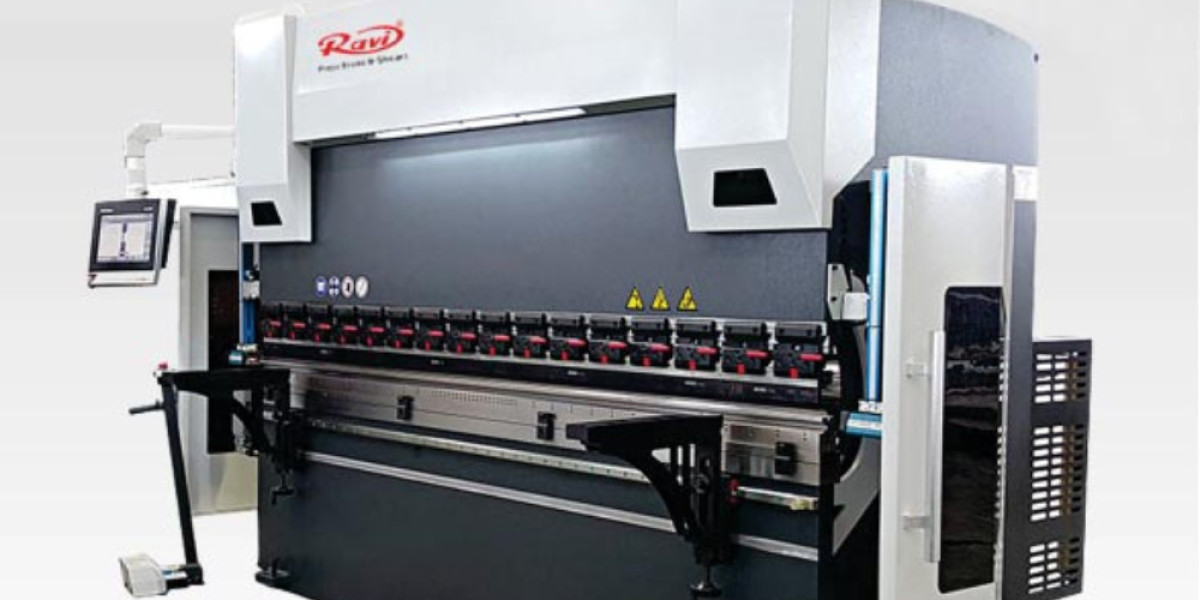Precision is a critical factor in metal fabrication, influencing product quality, consistency, and efficiency. CNC Press Brake technology has revolutionized bending processes, allowing for highly accurate and repeatable results. Unlike traditional Mechanical Press Brake machines, modern CNC-controlled systems offer superior precision, ensuring that metal parts meet exact specifications. But how precise can these machines get? Let’s explore the level of accuracy achievable with a CNC Press Brake and how manufacturers ensure high-performance results.
Precision Capabilities of a CNC Press Brake
1. Tight Bending Tolerances
A high-quality CNC Press Brake can achieve bending tolerances as tight as ±0.1 mm. This level of precision ensures minimal variation in final products, which is crucial for industries such as aerospace, automotive, and electronics.
2. Real-Time Compensation Systems
Modern CNC Press Brakes use automatic compensation systems to adjust for material thickness variations and deflection. Unlike Mechanical Press Brakes, which rely on manual adjustments, CNC systems measure and correct any deviations in real-time.
3. Advanced Back Gauge Systems
The back gauge plays a significant role in achieving accuracy. Leading Bending Machine Manufacturers integrate high-precision back gauge systems with multiple axes, allowing for complex and precise metal positioning. This reduces errors and increases production efficiency.
4. Programmable Control Systems
One of the most significant advantages of a CNC Press Brake is its programmable controls. Operators can set exact bending angles, pressure levels, and sequences, ensuring repeatability with minimal manual intervention.
5. Laser and Optical Measuring Technology
Some advanced CNC Press Brake models come with laser-based angle measurement systems that verify bends in real-time, adjusting pressure and positioning for the highest accuracy.
Factors Affecting Precision in CNC Press Brake Operations
- Material Type and Thickness – Different metals respond differently to bending forces, so proper material selection is crucial.
- Tooling Quality – Precision-ground punches and dies ensure accurate bending angles and reduce deviations.
- Operator Skill and Setup – While CNC technology automates most of the process, correct setup and programming remain essential.
FAQs
Q1: How does a CNC Press Brake achieve better precision than a Mechanical Press Brake?
A: A CNC Press Brake uses automated controls, advanced back gauge systems, and real-time compensation, ensuring higher accuracy than a traditional Mechanical Press Brake, which relies on manual settings.
Q2: What is the typical accuracy of a CNC Press Brake?
A: High-quality CNC models achieve bending tolerances as precise as ±0.1 mm, making them ideal for industries requiring exact specifications.
Q3: Can a Bending Machine manufacturer customize a CNC Press Brake for higher precision?
A: Yes, many Bending Machine Manufacturers offer customizable features like enhanced back gauges, laser measuring systems, and adaptive control software for improved accuracy.








